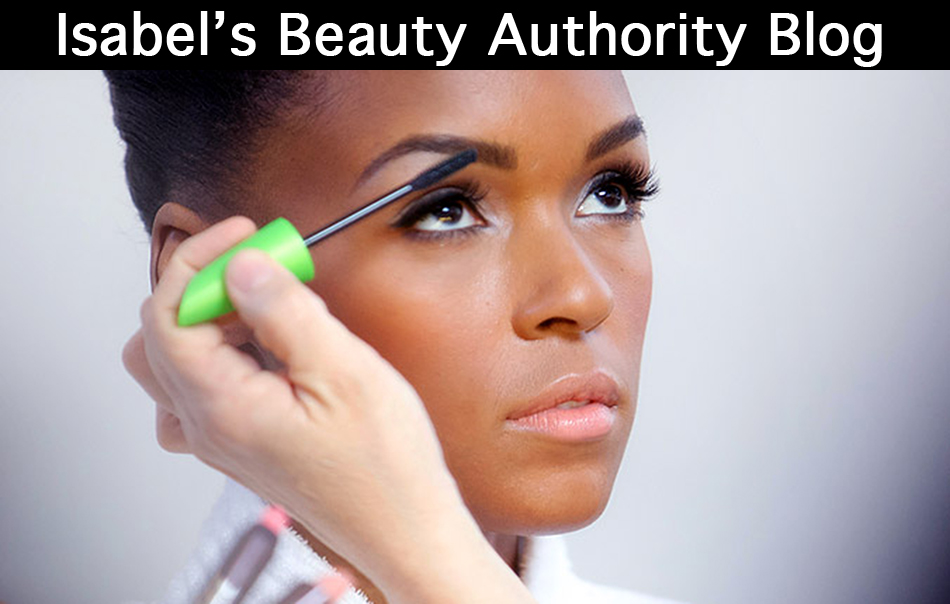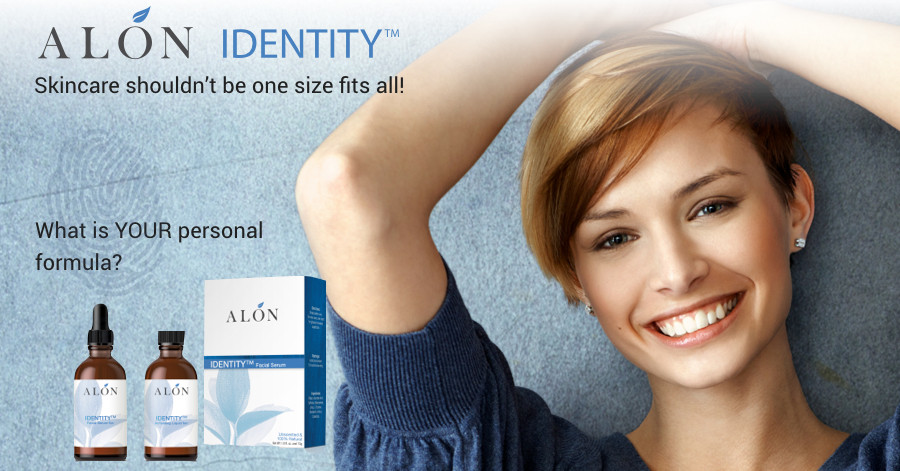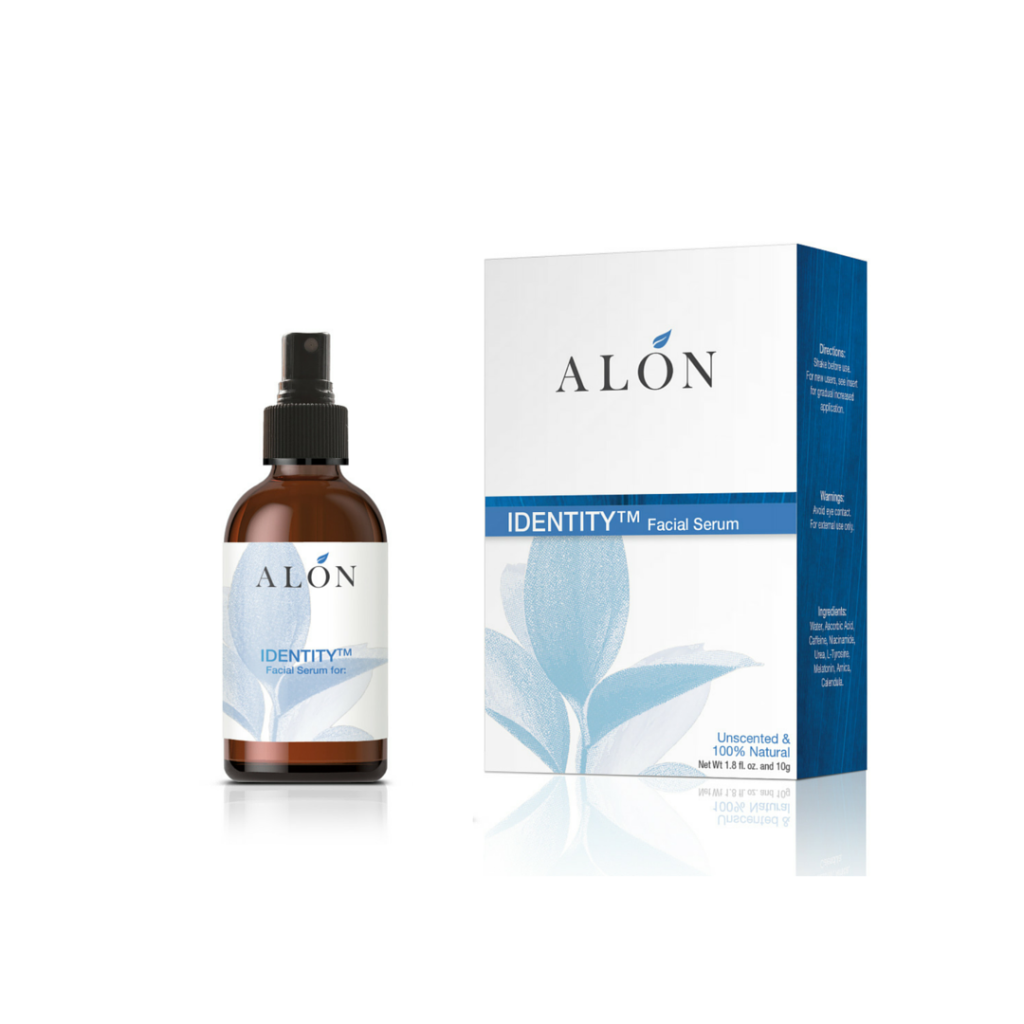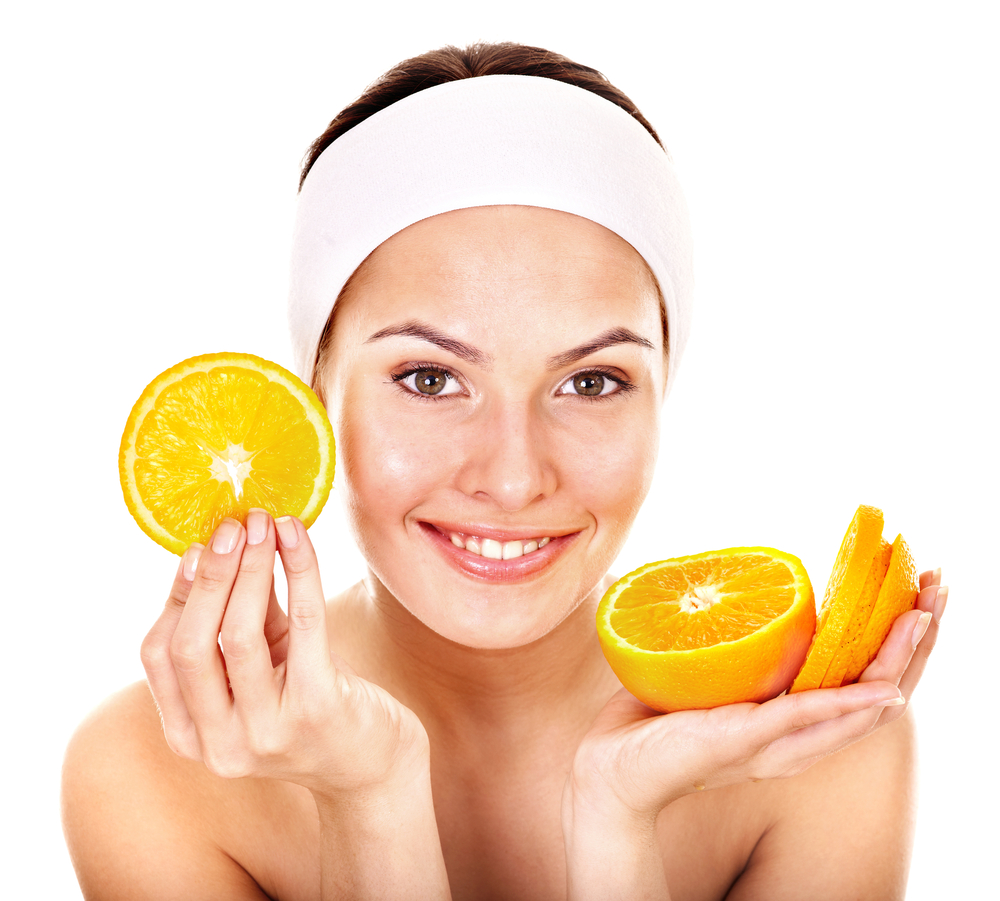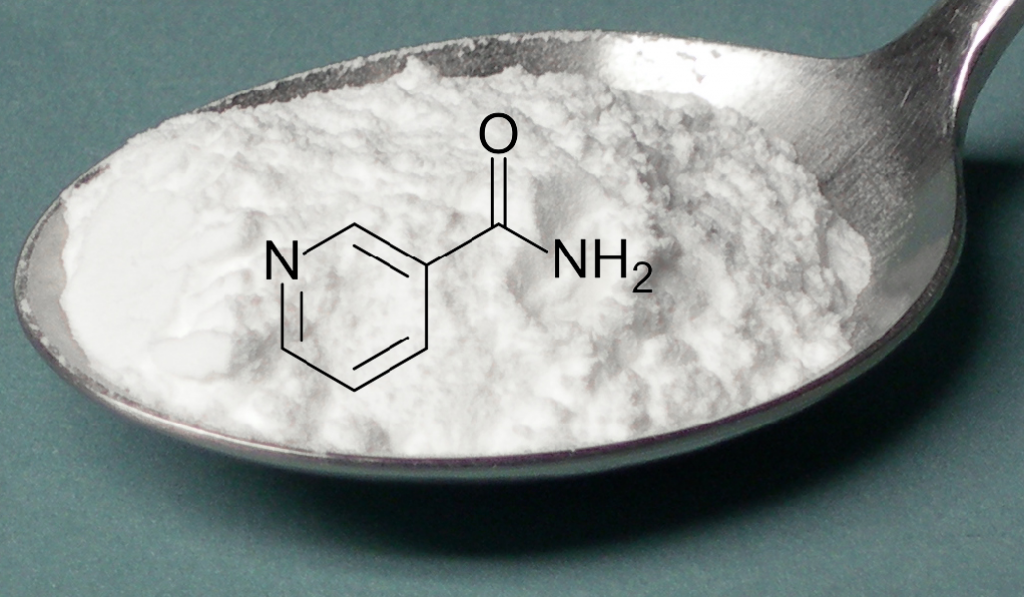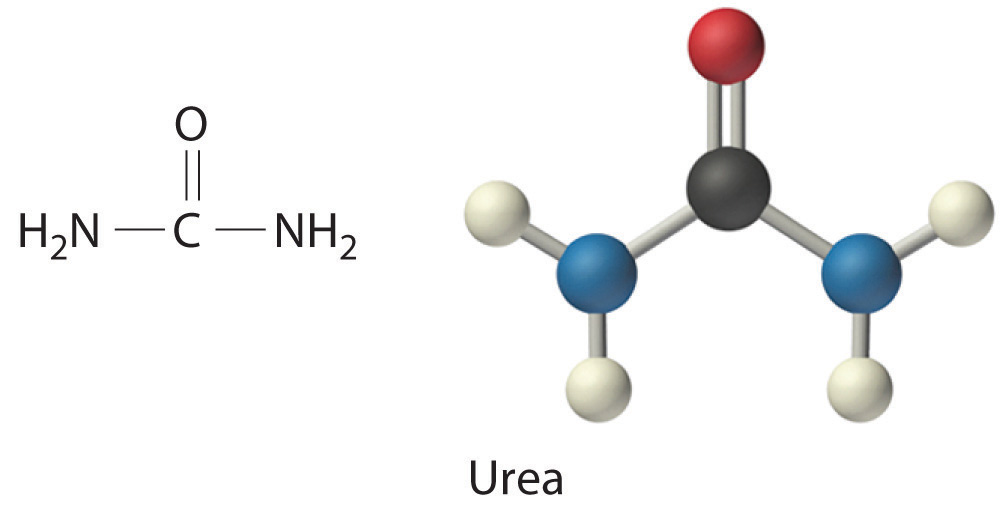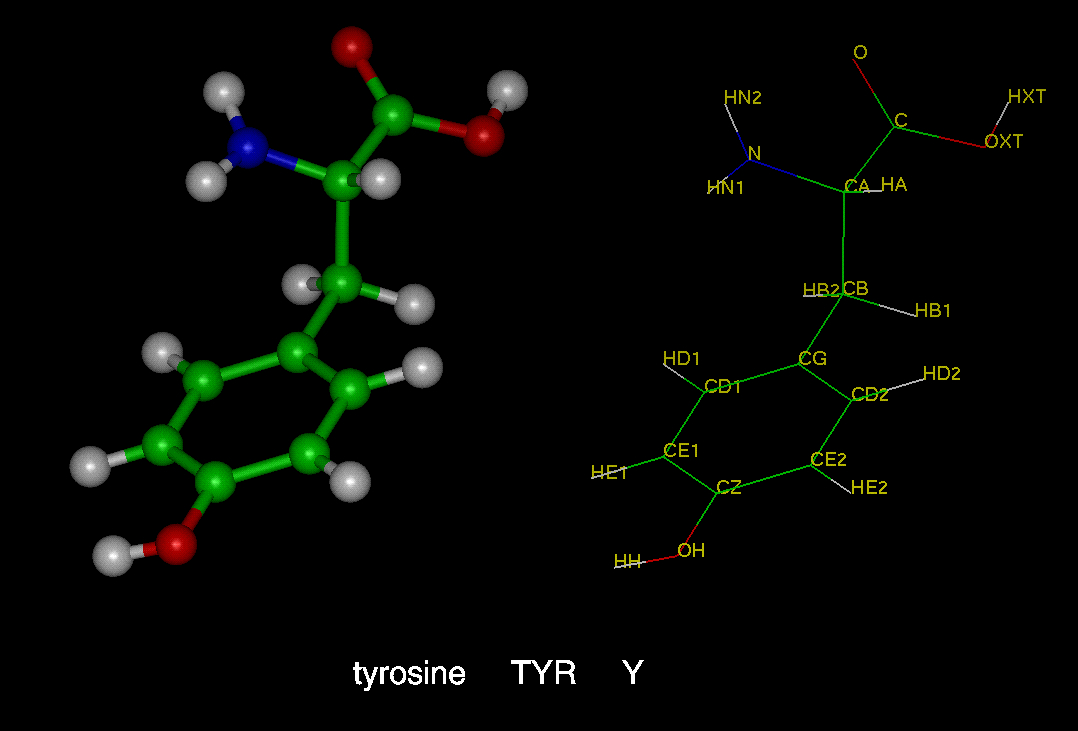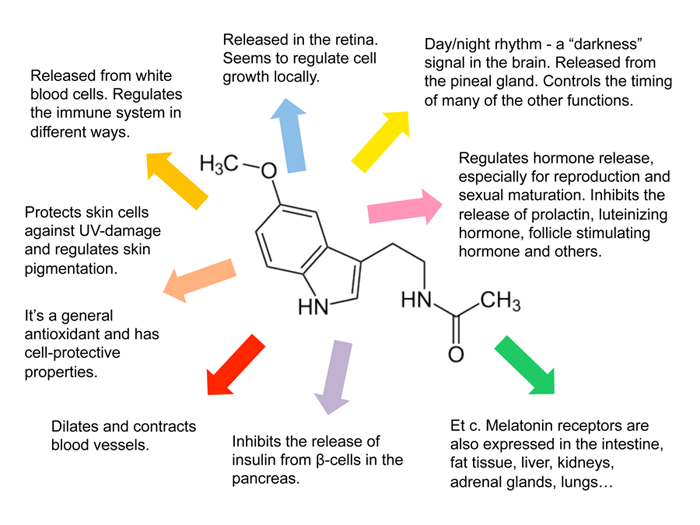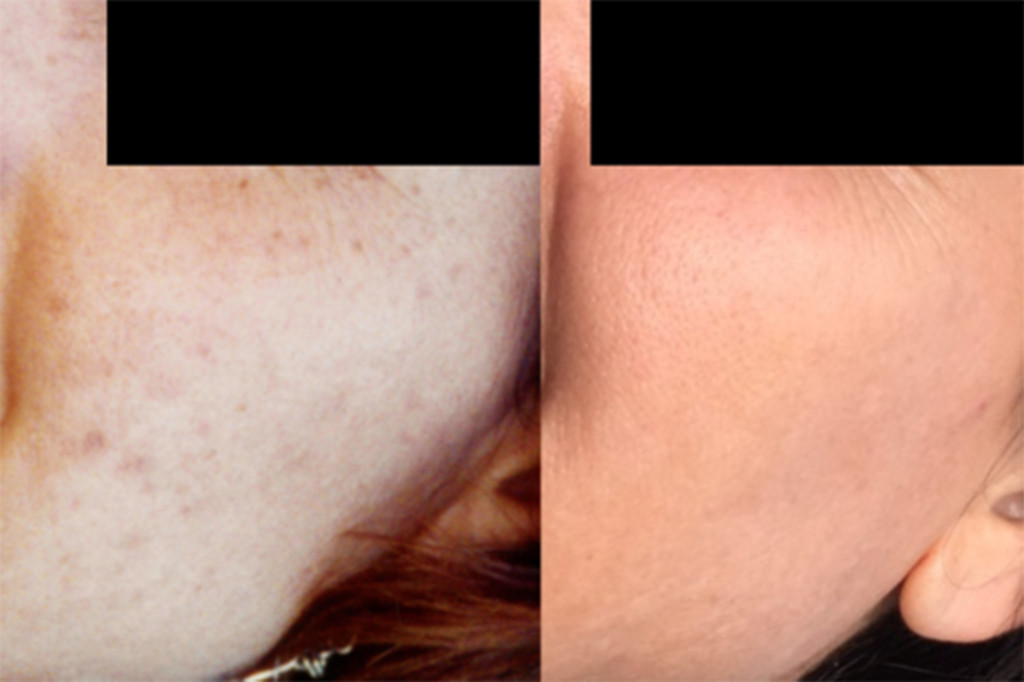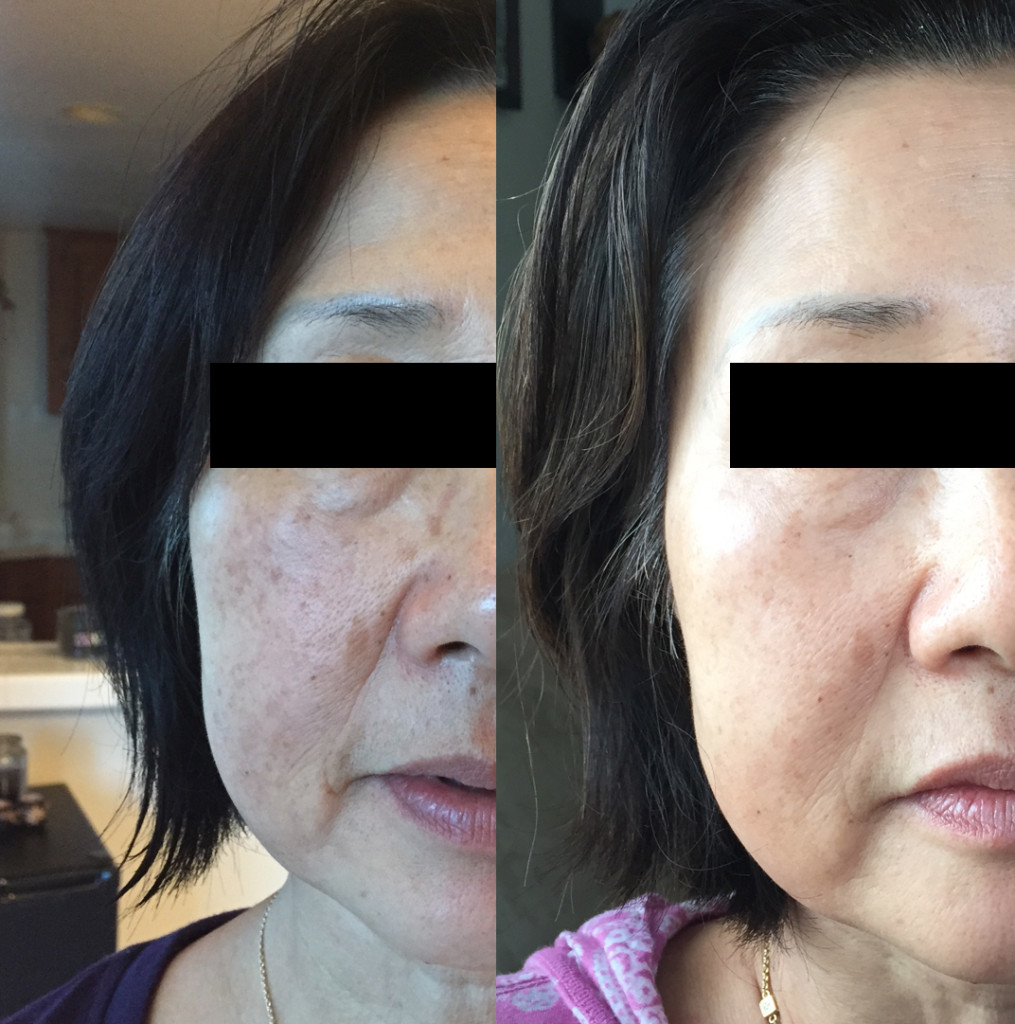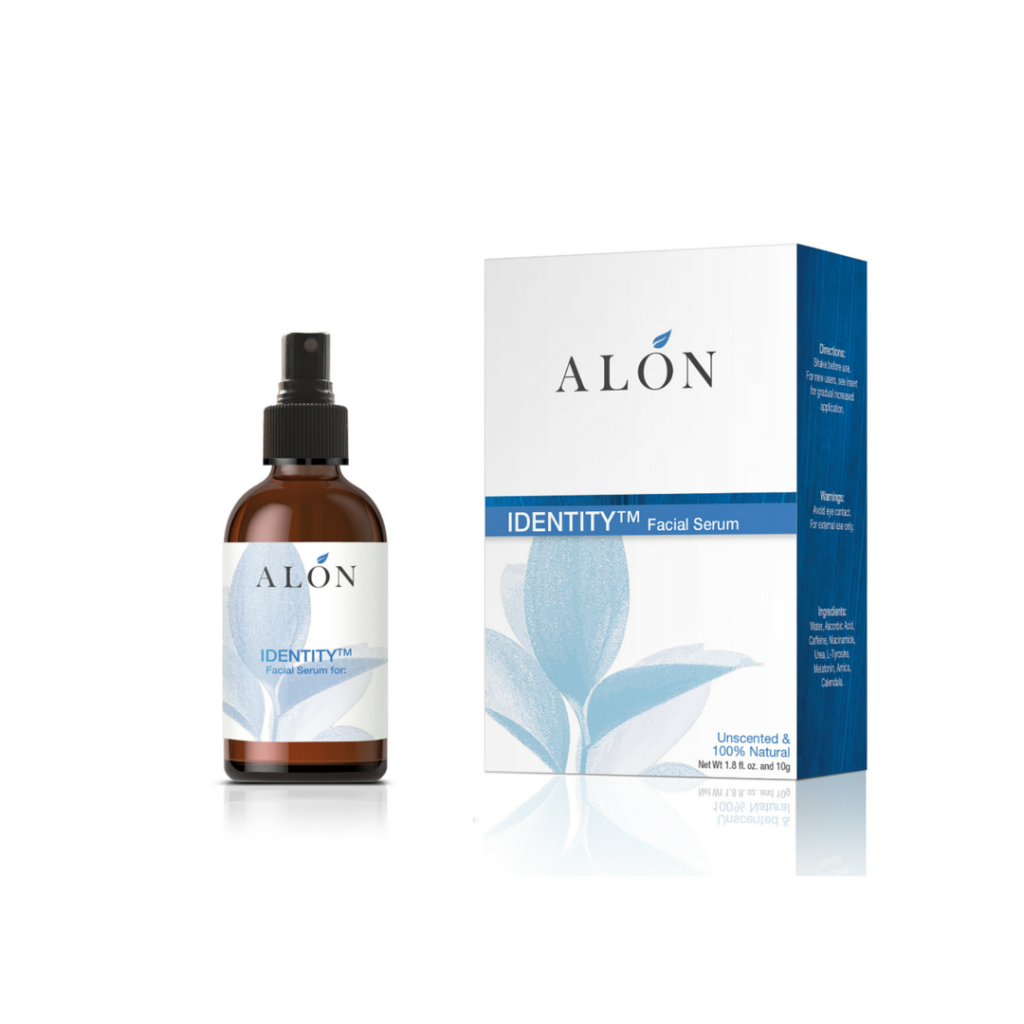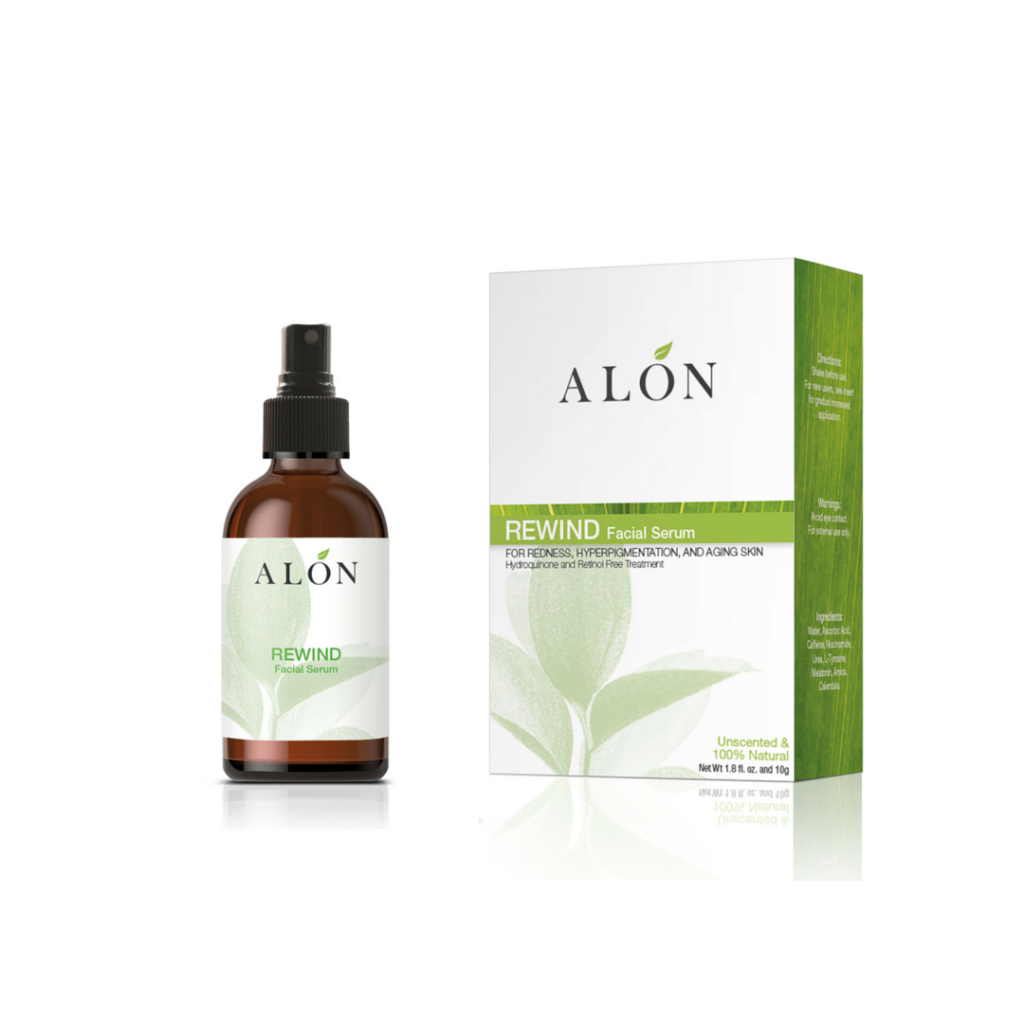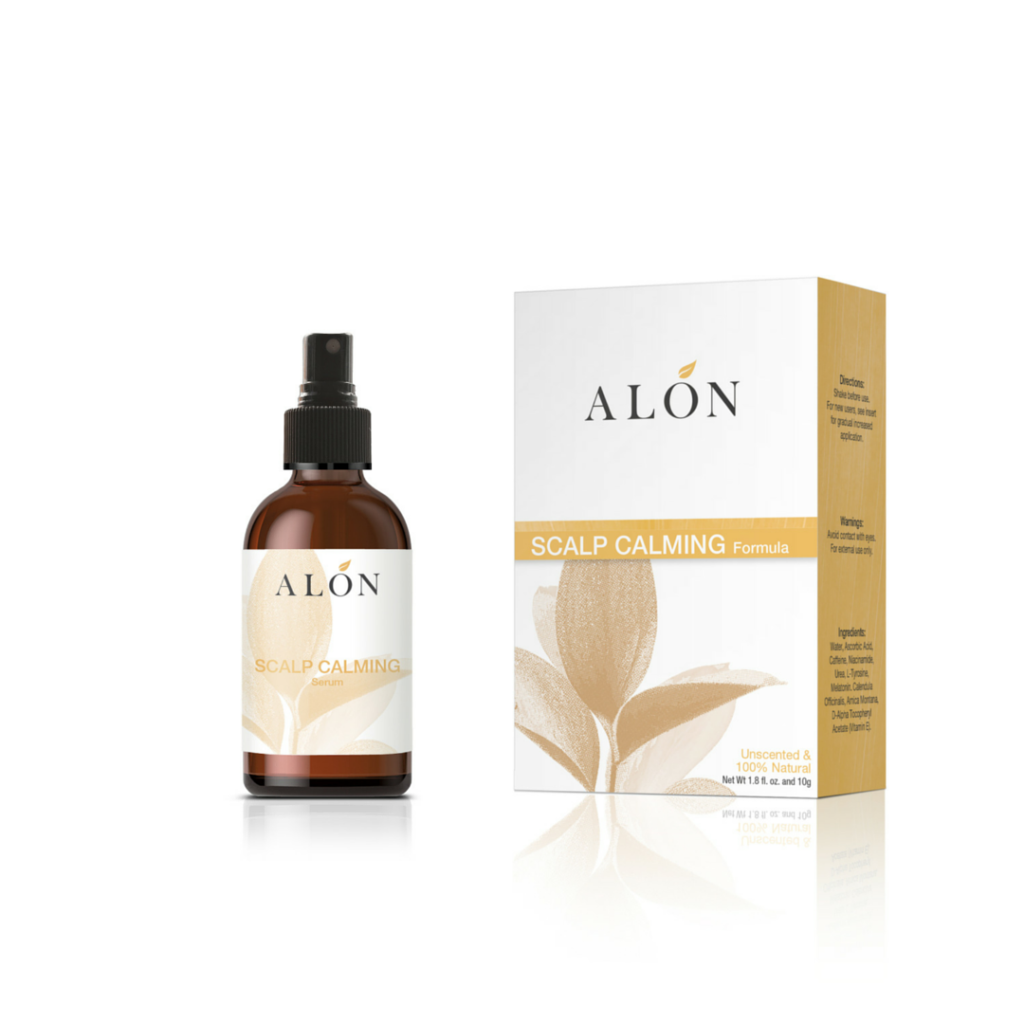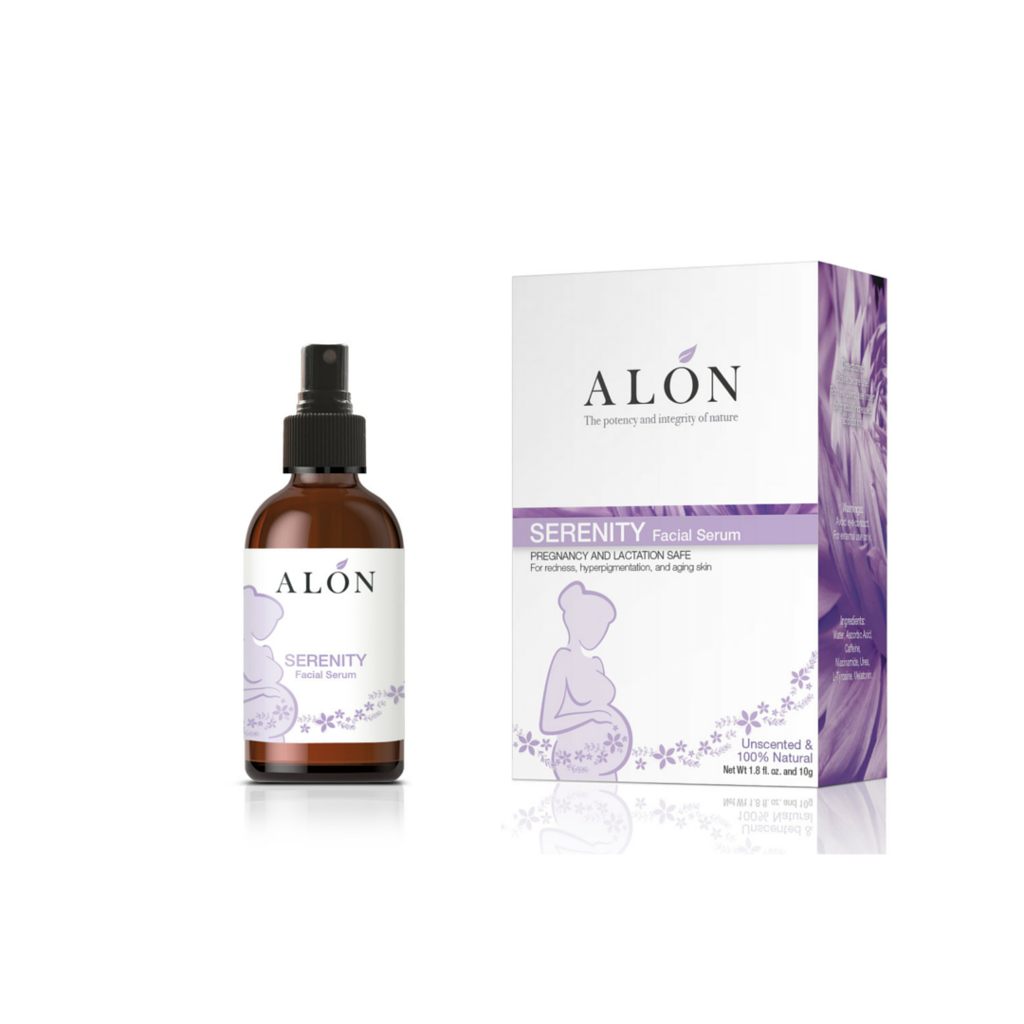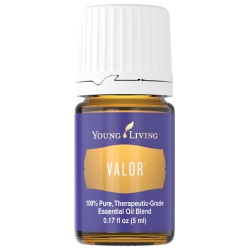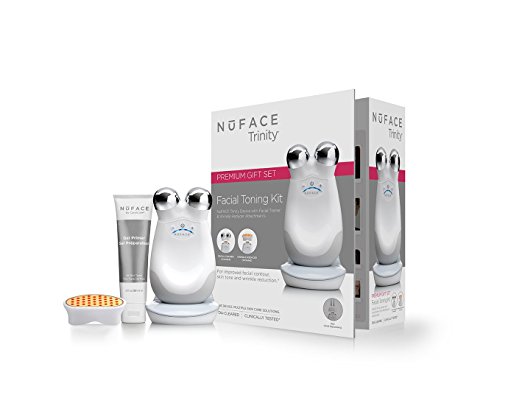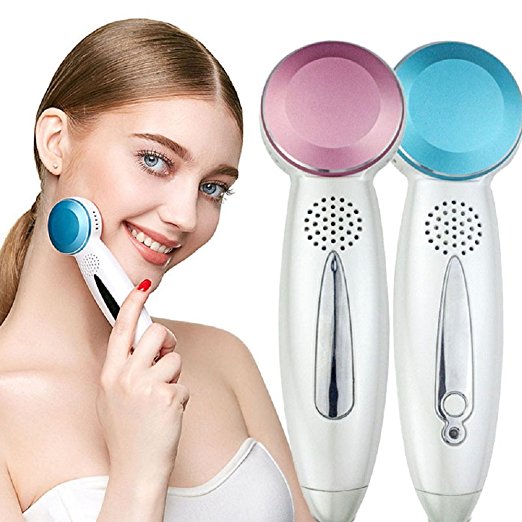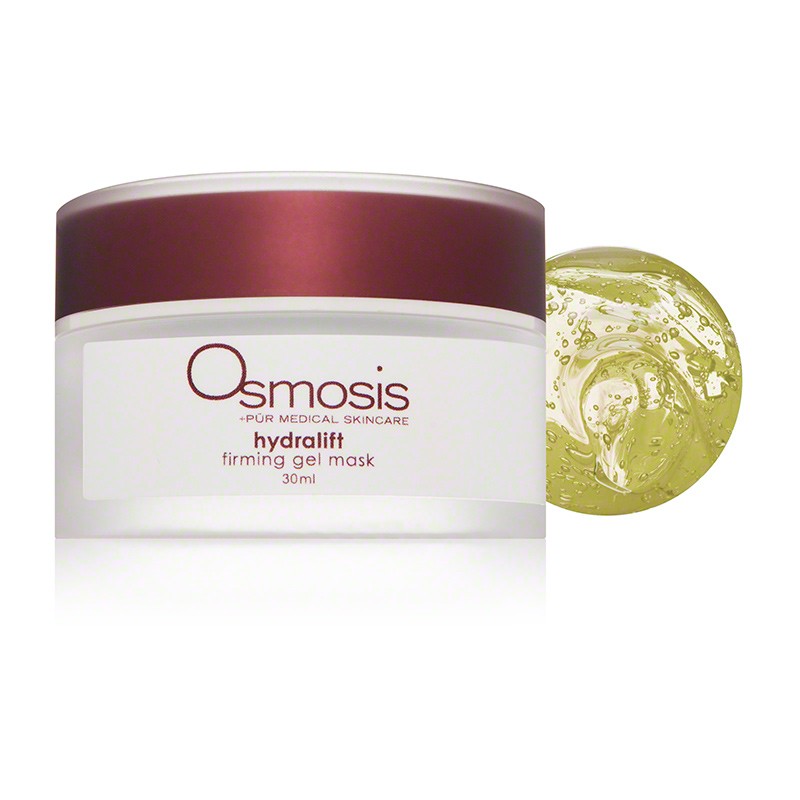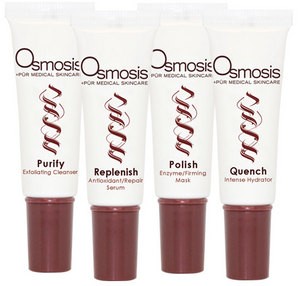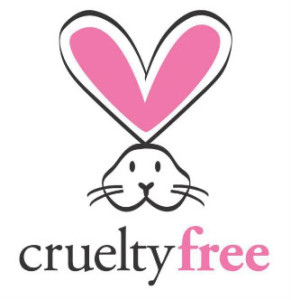Hello everyone on week 218, we are bringing you a post on a company that we support and can honestly endorse. Their products are made with integrity and with much research. In a world of high media and marketing it is really a challenge to find a true effective product that does what the media says it does. I have worked with thousands of products in my career of over 45 years and I must say that Alon products do what they say they do. We at Isabel’s Beauty Blog test hundreds of products not only on ourselves, but we also share with many people of all ages and ethnicity to find out how they react to them. With Alon we always have a positive so far, no negatives. My husband had a long time scalp condition that cleared up by the second bottle of the product. After a long time of trial and error with many other organic products from the inside, out we are very happy about it, with that said we highly recommend you to give them a try, Use coupon code: ISABEL1 for 30% off on your order, that is up to $57.00 dollars off your purchase! This is a great deal. What the products do for you is invaluable, the bottles usually last a month so if you break it down in price it is not even a cup of coffee, which I am sure it does not have the same benefits in healing for your body and skin.It is an amazing deal.
Thank you once again for all your amazing support, likes and shares. We spend many hours researching to make a difference in your selections and knowledge. Thank you from all of us Isabel’s Beauty Blog.
Alòn
Company Story
Developed by a leading plastic surgeon for his wife when existing products and hi-technology treatments only made her hyperpigmentation problems worse, Alón Labs’ formulas are the result of his surprising findings as he dug into the cutting edge science of skincare research.
Alón Labs, LLC, in its truest form is a science company and we recognized early on, after years of skincare research, that the time was ripe to create top-of-the-line, highly sophisticated products that could usher in a new era of user benefit.
How is Alón different?
Alón Labs’ serums are designed to preserve the natural defenses of the skin. Surprisingly, many common products contain key ingredients (e.g., hydroquinone, retinol, organic acids) that aggravate redness and strip the skin of its own ability to protect itself.
Plants have adapted to millions of years of intense environmental exposure, and utilize mechanisms for defense and repair that guide the Alón Labs philosophy.
Alón serums are unique in using potent, unaltered and safe natural molecules that bathe the skin in soothing protection and repair.
10 Reasons not to use hydroquinone
According to: https://wholewomannetwork.org/2013/01/03/for-all-women-of-african-descent-10-reasons-why-hydroquinone-is-bad-for-your-skin/
1. It is harmful to your health! Although many European and American researchers argue that hydroquinone has NOT been directly linked to Cancer in humans only to mice. However, Hydroquinone clearly has a proven serious side-effect on humans as it causes pigmentation of the eye and permanent corneal damage ( Journal of the European Academy of Dermatology and Venearology, 2006 ). This only occurs when the eye is directly exposed to hydroquinone (So if you are still bent on using hydroquinone based products, avoid direct contact with the eyes).
2. It causes Ochronosis: For lighter-skinned women of colour (Indians, Chinese, Filipinos etc), dermatologists often recommend the use of hydroquinone in 3 to 4 months cycles and then alternated with less harmful lightening products. However, in darker skinned women (particularly of African descent), continued use of hydroquinone has been associated with ochronosis, which is a skin disorder characterized by progressive sooty darkening of the skin.
3. It whitens skin by killing your skin’s pigment cells. It also degenerates collagen and elastin fibres in the skin (Note: Collagen should be strengthened in order to have a youthful, smooth and glowing skin!)
4. Using Hydroquinone is counter-productive. It defeats the purpose which you want it to achieve. You want glowing, radiant, healthy and brighter skin. The long-term use only leads to these horrible signs and effects: unseemly dark knuckles and ankles, unsightly purplish vericose veins, a patch-work of colours on once beautiful skin. Have a rethink!
5. It can cause irritation and contact dermatitis and increases the risk of other types of skin irritation and/or severe itching.
6. Even if you succeed in bleaching the skin whiter with hydroquinone products, it often has an unhealthy, pasty look. Also, once you stop using it, your skin re-darkens. And since using it long-term is unhealthy, it’s basically a catch-22 situation!
7. If you live in the tropical region, the combination of hydroquinone and the sun is a bad one. Increased risk of ochronosis have been linked to excess sun exposure while using hydroquinone. As such, dermatologists often recommend to always use hydroquinone with a sunscreen. (Note: In the hot African climate, sometimes, even sunscreens do not offer enough protection for the skin!)
8. Most products with hydroquinone have an awful smell and cause intense body heat and sweating. Users often try to mask the odour by profuse use of perfumes which seems to make it even worse. There is off-the-shelf hydroquinone-based product(s) that’s so potent that users have to constantly stay in air-conditioned rooms!
9. It thins out the outer layer of the skin (the epidermis), which is dangerous especially during or post- surgical procedures, as it may take the skin a longer time to heal from cuts, wounds and/or stitches.
10. It ages your skin and as you get older the effects become even more pronounced. It is not a pretty sight to see someone whose skin has been damaged by prolonged years of hydroquinone use! Age gracefully and not with disgrace. Love your skin today so that it keeps well and not fall apart tomorrow.
IDENTITY Personalized Skincare Line
IDENTITY™: You’re unique.
Shouldn’t your skincare line be?
Wouldn’t you like to offer your clients true personalized skincare with the Alón IDENTITY custom-made skin serums individually formulated to meet the unique needs of each of your clients, we are individuals with personal needs it only makes sense, I my self love the concept to have a customer product created for me, I don’t feel like I am an average formula fitter.
Offered at a discounted price when purchased through a partnered esthetician ($139 vs $149).
*To register as a partnered esthetician, please go to www.alonlabs.com/pages/register ”
Once registered, you will have access to our exclusive site for estheticians and the tools to create personalized formulas for your clientele, how exciting is that!!.
Each month, your client will receive her personalized custom facial serum. Working with you, he or she can make adjustments over time and stay on top of the changes that will occur when using the products no other line does that customized to your own personal changes like weather, stress, lack of sleep diet and more all of these factors alter the quality of our skin.
You’ll see very quickly that we believe in high-touch service and partnering, and we are passionate about advancing the field of skin health.My experience with Alon products has an amazing record from high quality well put together formulas that work radar quickly at lest on me and family to a very prompt and professional costumer service.
|
Ingredients |
Impact |
|
Ascorbic Acid |
Vitamin C is a strong an–oxidant, pigment smoother, and promoter of Tissue growth. |
|
Caffeine |
Very strong anti-oxidant and promoter of cell injury repair. |
|
Niacinamide |
Vitamin B3 (niacin) component that helps correct genetic injury to DNA and smooth pigment |
|
Urea |
Maintains skin moisture and helps with penetraon of other skin molecules |
|
L-Tyrosine |
Precursor to melanin (skin pigment) for healthy color |
|
Melatonin |
Very strong an,-oxidant that also signals healthy !ssue growth and color |
PLANTS DON’T USE IRRITATING CREAMS TO REPAIR SUN DAMAGE. SO WHY DO YOU?
One of the fascinating observations in nature is that plants are exposed to massive amounts of sunlight over the course of decades, or even centuries showing no damage or “aging.” We, on the other hand, are destined to pay dearly for every sun burn or unprotected exposure to sunlight with uneven pigment, dry skin, wrinkles, and even sun related skin cancers. Why?
It turns out that plants have far more effective molecules for preventing penetration of unwanted wavelengths of sunlight. They are also better at reving up mechanisms that repair injury from the rays that do penetrate. What plants don’t do, however, is use glycolic acids, other peels, retinols, or a host of molecules popular in human skin care that would thin their outer layers, irritate the deeper layers, and allow more damaging rays to penetrate. So why do we?
Until recently, we humans had little choice in how to atone for the sun damage we endured other than to use creams or treatments that:
Strip away the outer layers of skin (glycolic acid, other peels, microdermabrasion, etc.) in hopes of allowing the deeper layers to “heal” with a more vibrant new surface, or create irritation and inflammation (retinols, isotrentoins, azeleic acid, etc.), in the name of “healing,” or shut down our own sun defense systems that would otherwise create protective melanin pigment (hydroquinone, kojic acid, etc.).
If that doesn’t sound so wise to you, it doesn’t to us either. It’s no wonder that while we’re trying to treat our damaged skin with conventional methods, we actually become more sensitive to the sun and the outdoors becomes the enemy. Now I don’t mean to sound trite, but how come those uneducated plants are so much smarter than we are? Well, at least until now.
With all that said, lets take a look at the ingredients that make these products and why they are so well put together. In this tour you will be amazed how the ingredients function and how incredibly smart is to place them together. I have studied and been a great fun of all of the components that Alon is sharing with us here, enjoy and give the products a try we love them and they work fast. Of course we are all different and our systems react at their own speed, I can assure you they work.
Here we go with the ingredients :
Ingredients
Ascorbic Acid
Vitamin C is a strong an–oxidant, pigment smoother, and promoter of -tissue growth.
Ascorbic acid (AA), commonly known as vitamin C, plays an important role in the human body
Vitamin C or Ascorbic Acid is the most widely used of all the common used vitamins.It was discovered in 1928 most people had an idea of its existence earlier in 1747. – Lime cured scurvy in British sailors with oranges and lemons.
Nobel Linus Pauling an American chemist held the theory that most of our health challenges are some how related by its deficiency, with that being said lets take a look at its impact.
Vitamin C ( Ascorbic Acid) is necessary for the production of Collagen, hormones and neurotransmitters. It is necessary for the synthesis of collagen, a protein that has many connective functions in the body. Among the substances and structures that contain collagen are bone, cartilage and the surrounding material, as well as carrier substances and materials of union muscle, skin and other tissues for healthy teeth, gums and blood vessels and much more; improves iron absorption and resistance to infection.
Among the substances and structures that contain collagen are bone, cartilage and the surrounding material, as well as carrier substances and materials of union muscle, skin and other tissues.
As an antioxidant reacts with histamine and peroxide for reducing inflammatory symptoms.it aids with bruising, wound healing, vitamin C is a powerful antioxidant due to the fact that promotes the elimination of free radicals caused either from the body’s natural oxidation or those oxidants coming from aboard.
Ascorbic acid neutralizes oxygen when it comes into contact with it.
Caffeine
What is Caffeine?
•It is proven that a cup of hot coffee can help uplift your senses and refresh you. This quality of coffee can be attributed to the presence of caffeine, which is a central nervous stimulant.
•Caffeine is basically a bitter white crystalline alkaloid. It is a stimulant drug that is found in varying amounts in the seeds, leaves and fruits of some plants.
•It is widely consumed in the form of infusions extracted from seeds of the coffee plant and leaves of the tea bush.
•Other sources include edibles containing products derived from the kola nut.
•Caffeine is most commonly consumed in the form of tea, coffee, soft drinks and energy drinks.
Very strong anti-oxidant and promoter of cell injury repair.
Caffeine’s popularity in products related to cellulite is due to its distant relationship to aminophylline (a pharmaceutical once thought to reduce cellulite), which is a modified form of theophylline, and caffeine contains theophylline.
Did you know that coffee has surprising benefits for the skin?
The caffeine in the coffee is known to have good skin benefits such as reducing redness and inflammation, according to a 1981 Seoul National University study, notes Live Strong. In another study from the University of Tennessee in 1978, adding caffeine to anti-inflammatory creams increased its effectiveness as a skin caring agent.
Caffeine, when applied topically to the skin, constricts the blood vessels under the skin and help reduce swelling and depuff eyes. It is recommended to use eye cream that has caffeine as an active ingredient, notes Huffington Post.
The University of Washington in Seattle recently conducted a study in which they exposed healthy skin cells and UV damaged skin cells to caffeine. The caffeine caused the damaged cells to die while not hurting the healthy cells. This study was published in the Journal of Investigative Dermatology. This study didn’t allude to the fact that topically applied caffeine would work any better than ingested caffeine though.
Coffee can be used to Exfoliate the Skin
Repurpose coffee grounds by using it as an exfoliator. Rubbing the grounds
on your skin will remove dead skin cells and leave you with smoother skin.
Coffee Tightens the Skin
Caffeine is a known diuretic and can help cellulite when applied topically.
Coffee can help Brighten the Skin
The dark grinds of coffee beans can be used to brighten up dull skin.
Coffee Shines Hair
For people who have dark hair. You can have shiny hair by using coffee as treatment. This simple hair mask is cheap, simple, and leaves your hair smelling great like coffee.
Coffee Enhances Hair Color
For girls who want to enhance their dark hair without using any harsh dye chemicals, coffee is an effective color enhancer.The key is to use strong brewed coffee and letting it sit for a few minutes.
According to Alon labs http://www.alonlabs.com/blog/2015/5/30/more-reasons-to-love-coffee
1) Caffeine is one of the strongest natural anti-oxidants. It helps tip the balance in favor of anti-oxidation and suppresses free-radicals that cause cellular damage to the skin from sun-induced inflammation (Hadi, 2003).
2) Caffeine limits sun damage during UV exposure. It inhibits UVB-induced formation of thymine dimers (molecular markers of genetic injury) and sunburn lesions in the skin (Nghiem et al, 2013).
3) Caffeine suppresses skin tumor formation. Caffeine has been shown to reduce the risk of certain types of skin cancer such as basal cell carcinoma and melanoma (Yale School of Public Health, 2014; Han 2012), and may cause early tumor cells to undergo programmed death (apoptosis) rather than going on to form skin cancer (Weinong, 2011).
https://youtu.be/ODsHJfdyld4
Niacinamide
Also known as vitamin B3 and nicotinic acid, niacinamide is a potent cell-communicating ingredient that offers multiple benefits for aging skin. Vitamin B3, in its niacinamide (nicotinamide) form, has often been a vastly under-appreciated supplement. The most widely recognized form of B3, niacin — also known as nicotinic acid, nicotinate, and pyridone-3-carboxylic acid — has almost achieved acceptance by traditional medicine for its dramatic role in reducing cholesterol and improving the overall lipid profile. Until recently, the value of niacinamide was not so well recognized.
Although niacinamide shares some characteristics of niacin, it has unique nutritional and pharmacological properties of its own. The niacinamide form of B3 is literally required in hundreds of enzymatic reactions in the human bodyVitamin B3, in its niacinamide (nicotinamide) form, has often been a vastly under-appreciated supplement. The most widely recognized form of B3, niacin — also known as nicotinic acid, nicotinate, and pyridone-3-carboxylic acid — has almost achieved acceptance by traditional medicine for its dramatic role in reducing cholesterol and improving the overall lipid profile. Until recently, the value of niacinamide was not so well recognized.
Assuming skin is being protected from sun exposure, niacinamide can improve skin’s elasticity, dramatically enhance its barrier function, help erase discolorations, and revive skin’s healthy tone and texture.
Topically applied niacinamide has been shown to increase ceramide and free fatty acid levels in skin, prevent skin from losing water content, and stimulate microcirculation in the dermis. It also has a growing reputation for being able to treat an uneven skin tone and to mitigate acne and the red marks it leaves behind (known as post-inflammatory hyperpigmentation). Niacinamide, an excellent ingredient for those struggling with wrinkles and breakouts, is stable in the presence of heat and light.
Niacinamide is a powerhouse ingredient. It can help firm and reduce signs of aging, reduce hyperpigmentation, and prevent moisture loss.
Niacin is found in all cells where it plays an important role in cellular energy production. It’s present in greatest amounts in tissues that are more metabolically active like the brain, heart, liver and skeletal muscle. The body can only make small quantities of this vitamin, so it must come from food or specific supplement sources.
Nicotinamide has anti-inflammatory actions. These may be of benefit to patients with inflammatory skin conditions. These conditions include acne vulgaris, and the compound can suppress antigen-induced, lymphocytic transformation and inhibit 3′,5′-cyclic-AMP phosphodiesterase. Nicotinamide has demonstrated the ability to block the inflammatory actions of iodides known to precipitate or exacerbate inflammatory acne.
Niacinamide is a component of two related coenzymes—nicotinamide adenine dinucleotide (NAD) and nicotinamide adenine dinucleotide phosphate (NADP). The principle function of these enzymes is to facilitate oxidation and reducing reactions in the form of dehydrogenases.
Urea
Urea serves an important role in the metabolism of nitrogen-containing compounds by animals, and is the main nitrogen-containing substance in the urine of mammals. It is colorless, odorless solid, highly soluble in water, and practically non-toxic (LD50 is 15 g/kg for rats). Dissolved in water, it is neither acidic nor alkaline. The body uses it in many processes, most notably nitrogen excretion.
Friedrich Wöhler’s discovery in 1828 that urea can be produced from inorganic starting materials was an important conceptual milestone in chemistry. It showed for the first time that a substance previously known only as a byproduct of life could be synthesized in the laboratory without biological starting materials, contradicting the widely held doctrine of vitalism.
Urea was first discovered in urine in 1727 by the Dutch scientist Herman Boerhaave, though this discovery is often attributed to the French chemist Hilaire Rouelle.
In 1828, the German chemist Friedrich Wöhler obtained urea artificially by treating silver cyanate with ammonium chloride.
- AgNCO + NH4Cl → (NH2)2CO + AgCl
Physiology
Amino acids from ingested food that are not used for the synthesis of proteins and other biological substances — or produced from catabolism of muscle protein — are oxidized by the body, yielding urea and carbon dioxide, as an alternative source of energy. The oxidation pathway starts with the removal of the amino group by a transaminase; the amino group is then fed into the urea cycle. The first step in the conversion of amino acids from protein into metabolic waste in the liver is removal of the alpha-amino nitrogen, which results in ammonia. Because ammonia is toxic, it is excreted immediately by fish, converted into uric acid by birds, and converted into urea by mammals.
Ammonia (NH3) is a common byproduct of the metabolism of nitrogenous compounds. Ammonia is smaller, more volatile and more mobile than urea. If allowed to accumulate, ammonia would raise the pH in cells to toxic levels. Therefore, many organisms convert ammonia to urea, even though this synthesis has a net energy cost. Being practically neutral and highly soluble in water, urea is a safe vehicle for the body to transport and excrete excess nitrogen.
Urea is synthesized in the body of many organisms as part of the urea cycle, either from the oxidation of amino acids or from ammonia. In this cycle, amino groups donated by ammonia and L-aspartate are converted to urea, while L-ornithine, citrulline, L-argininosuccinate, and L-arginine act as intermediates. Urea production occurs in the liver and is regulated by N-acetylglutamate. Urea is then dissolved into the blood (in the reference range of 2.5 to 6.7 mmol/liter) and further transported and excreted by the kidney as a component of urine. In addition, a small amount of urea is excreted (along with sodium chloride and water) in sweat.
Urea can in principle serve as a hydrogen source for subsequent power generation in fuel cells.
Urea-containing creams are used as topical dermatological products to promote rehydration of the skin. Urea 40% is indicated for psoriasis, xerosis, onychomycosis, ichthyosis, eczema, keratosis, keratoderma, corns, and calluses. If covered by an occlusive dressing, 40% urea preparations may also be used for nonsurgical debridement of nails. Urea 40% “dissolves the intercellular matrix” of the nail plate. Only diseased or dystrophic nails are removed, as there is no effect on healthy portions of the nail. This drug is also used as an earwax removal aid.
Urea for Skin Uses
There are two types of Urea used in the skin care industry.
This article looks at Hydroxyethyl Urea, which is a humectant, Diazolidinyl Urea is a preservative
So lets take a closer look at the benefits and qualities of Urea:
Urea is a very interesting humectant
It is a natural component of our skin’s tissues and makes up to around 7% of our natural moisturising factor.
Lets start with its role within the stratum corneum (the outer layer of skin), is basically to maintain a healthy moisture balance, keeping the skin soft and supple.
It is extremely hydrating and moisturizing
Hygroscopic
Urea is known as substance that readily absorbs water, it also has a really high water content, which helps to reduce the amount of water we loose through the skin.
On the molecular level, Urea modifies the structure of amino chains and polypeptides within the skin, which is important for helping to keep moisturizing the delicate tissue.
Large amounts of research has found, a direct correlation between water content and the amino acid content of our skin, basically the more dehydrated and dry the skin is, the lower its share of dissolved amino acids.
Improves Barrier Function
One of the many benefits Urea’s, is that it helps to accelerate the skins cellular renewal process.
The really great thing about this, is that it strengthens the barrier function of the skin, helping to keep it healthy and pliable.
Natural Exfoliant
Urea works in synergy with other components, that create the molecular structure of the skin, such as Lactic Acid.
When, these two ingredients are combined they actively work to remove dead skin cells and substances from the horny layer, improving cellular turnover in the epidermis.
This helps to dramatically improve the water binding ability of the skin.
Mild Anaesthetic
Urea has another interesting profile, it can create a local anesthetic effect within the skin.helping to curtail cycles of itching, irritation, and flare-ups. It may also be used in helping remove dead tissue to speed wound healing because it can improve the capacity of the epidermal barrier to regenerate.
This is really useful in helping to reduce cycles of inflammation and flare-ups, making it my product of choice for sensitive skin conditions.
Wound healing
It is also told that Urea can help to speed up the wound healing process, by encouraging cellular renewal.
Penetration
Many studies have found, one of Urea’s key roles, is to increase the skin permeability of certain skin care ingredients, basically working as a vehicle for other performance ingredients, encouraging them to penetrate the epidermis easily.
Natural Moisturizer
Very often a dry skin is due to a reduction of Urea in the skins delicate tissues, which can lead to tightness and flakiness.
Because of Urea’s natural moisturising factor, it can offer instant relief to dry skin.
I personally have seen some really great results from Urea on clients who suffer from extremely dry, cracked skin, especially on the hands and feet.
Hydroxyethyl Urea is our hero ingredient in our daily moisture relief range, that has been specifically formulated with a dry skin in mind.
Urea is most often referred to as carbamide, the primary organic solid of urine, this is waste that has been produced by the body after it metabolises protein.Thankfully, the urea used in the cosmetic industry is from synthetic sources and not animal derived,It is formed from ammonia and carbon dioxide, and can be produced in either a solid or liquid form. Hydroxyethyl and Diazolidinyl Urea, Often people get confused by these, but they are in fact two completely different ingredients.Diazolidinyl Urea is an antimicrobial preservative used in the skin care industry, It is used to protect personal care products from bacteria, yeast and mould.Diazolidinyl urea gets a lot of bad press as a preservative, due to the fact that it’s a proven formaldehyde releaser. Hydrovance, inci name Hydroxyethyl Urea is a potent humectant and considered safe as a cosmetic ingredient.Synthetic urea often finds its way into topical dermatological products to rehydrate the skin. Lab-manufactured urea can be helpful in treating scaly skin, corns, calluses, and ingrown nails.
According to a New Zealand study in 2007, urea works best for treating ichthyosis and hyperkeratoic conditions (Australian Journal of Dermatology, Vol 11, June 28 2007). In this experiment, 58 patients suffering from a range of dermatoses were treated with 10% urea in a non-greasy base. Those with atopic dermatitis reported only fair results, the participants with hyperkeratotic conditions saw excellent results.
In addition to their keratolytic properties, urea and lactic acid are also effective humectants, which means that they bind water below the surface of the epidermis, right down to the stratus corneum. Urea is highly hygroscopic, or water-loving, and modifies the structure of amino chains and polypeptides in skin. This is significant for skin moisturizing since there is a direct correlation between water content and amino acid content in skin (the drier skin is, the lower its share of dissolved amino acids).
Urea cream is indicated for debridement and promotion of normal healing of skin areas with hyperkeratosis, particularly where healing is inhibited by local skin infection, skin necrosis, fibrinous or itching debris or eschar. Specific condition with hyperkeratosis where urea cream is useful include:
- Dry skin and rough skin
- Dermatitis
- Psoriasis
- Ichthyosis
- Eczema
- Keratosis
- Keratoderma
- Corns
- Calluses
- Damaged, ingrown and devitalized nails
Tyrosine
According to :https://en.wikipedia.org/wiki/Tyrosine
Tyrosine (abbreviated as Tyr or Y) or 4-hydroxyphenylalanine, is one of the 22 amino acids that are used by cells to synthesizeproteins. It is a non-essential amino acid with a polar side group. Its codons are UAC and UAU. The word “tyrosine” is from the Greek tyros, meaning cheese, as it was first discovered in 1846 by German chemist Justus von Liebig in the protein casein from cheese. It is called tyrosyl when referred to as a functional group or side chain.
It’s officially called L-tyrosine because amino acids tend to be “left-handed” (hence the ‘L’), rather than “right-handed” – indicating the way the side chain on amino acids is positioned.
Tyrosine as an amino acid, it’s primarily used to build proteins. It’s also a pre-cursor to some of the most vital neurotransmitters in our body as well as the primary input for thyroid hormones like Thyroxin.
Tyrosine is a precursor to melanin (skin pigment) for healthy color
Functions
Aside from being a proteinogenic amino acid, tyrosine has a special role by virtue of the phenol functionality. It occurs in proteins that are part of signal transduction processes. It functions as a receiver of phosphate groups that are transferred by way of protein kinases (so-called receptor tyrosine kinases). Phosphorylation of the hydroxyl group changes the activity of the target protein.
A tyrosine residue also plays an important role in photosynthesis. In chloroplasts (photosystem II), it acts as an electron donor in the reduction of oxidized chlorophyll. In this process, it loses the hydrogen atom of its phenolic OH-group. This radical is subsequently reduced in the photosystem II by the four core manganese clusters.
In plants and most microorganisms, tyr is produced via prephenate, an intermediate on the shikimate pathway. Prephenate is oxidatively decarboxylated with retention of the hydroxylgroup to give p-hydroxyphenylpyruvate, which is transaminated using glutamate as the nitrogen source to give tyrosine and α-ketoglutarate.
Mammals synthesize tyrosine from the essential amino acid phenylalanine (phe), which is derived from food. The conversion of phe to tyr is catalyzed by the enzyme phenylalanine hydroxylase, a monooxygenase. This enzyme catalyzes the reaction causing the addition of a hydroxyl group to the end of the 6-carbon aromatic ring of phenylalanine, such that it becomes tyrosine.
From: Optimind
Bottom line L-tyrosine basically prevents you from burning out. It’s the precursor of several essential catecholamine neurotransmitters for smooth brain functioning. These type of neurotransmitters are needed for mental alertness, activity, anxiety, blood pressure, and the secretion of some hormones. That’s why this amino acid is vital to maintaining a healthy mood.
In addition, it plays an important role in the production of thyroid hormones T3 and T4. Low thyroid levels are associated with poor memory, fatigue, depression, and decreased libido among other consequences. Because the thyroid gland combines tyrosine and iodine to make thyroid hormones, tyros supplements may help keep your thyroid gland functioning properly. Always consult your health provider before you embark in any major supplementation journey.
Medical use
Tyrosine is a precursor to neurotransmitters and increases plasma neurotransmitter levels (particularly dopamine and norepinephrine) but has little if any effect on mood.The effect on mood is more noticeable in humans subjected to stressful conditions (see below).
A number of studies have found tyrosine to be useful during conditions of stress, cold, fatigue, prolonged work and sleep deprivation, with reductions in stress hormone levels,reductions in stress-induced weight loss seen in animal trials, improvements in cognitive and physical performance seen in human trials; however, because tyrosine hydroxylase is the rate-limiting enzyme, effects are less significant than those of L-DOPA.
It’s one of the most versatile compounds floating around this planet.
The amino acid Tyrosine with aromatic side chain. It has hydroxyl group for H bonds and shows polarity. It is non-essential amino acid, which means that it is manufactured from other amino acids in the liver; it does not have to be obtained directly through the diet. It is glucogenic and ketogenic both. It was first isolated from casein in 1849 and is abundant in insulin as well as the enzyme papain and can be synthesized from the amino acid phenylalanine in the body. Tyrosine is important to overall metabolism. It is a precursor of adrenaline and the neurotransmitters norepinephrine and dopamine, which regulate mood and stimulate metabolism and the nervous system.
According to: https://blissreturned.wordpress.com/2012/03/19/tyrosine-it-aids-in-the-production-of-melanin-the-pigment-responsible-for-skin-and-hair-color-and-in-the-functions-of-the-adrenal-thyroid-and-pituitary-glands/
Tyrosine, a parent amino acid for skin, hair, and eye pigments, is involved in syndromes, known generally as oculocutaneous albinism, that are characterized by the failure to form melanin pigments, resulting in partial or complete albinism. It is also the precursor amino acid for the thyroid gland hormone thyroxin, and a disfunction in this may result in hypothyroidism – an enlargement of the thyroid gland (goiter), severe growth failure, and retardation of central nervous system development may be present. A deficiency may also have symptoms of low blood pressure, low body temperature (including cold hands and feet) and “restless leg syndrome.” How about that, and it is a fact to look into.
Tyrosine acts as a mood elevator; a lack of adequate amounts of tyrosine leads to a deficiency of norepinephrine in the brain, which in turn can result in depression.
Helps in suppressing the appetite and reducing body fat, production of skin and hair pigment, the proper functioning of the thyroid as well as the pituitary and adrenal gland so basically it aids with an overall wellbeing.
It aids in the production of melanin (the pigment responsible for skin and hair color) and in the functions of the adrenal, thyroid, and pituitary glands. It is also involved in the metabolism of the amino acid phenylalanine.
Supplemental L-tyrosine has been used for stress reduction, and research suggests it may be helpful against chronic fatigue and narcolepsy. It has been used to help individuals suffering from anxiety, depression, low sex drive, allergies, and headaches, as well as persons undergoing withdrawal from drugs. It may also help people with Parkinson’s disease.
It gives rise to catecholamine e.g. adrenaline and noradrenalin and dopamine. They then function as neurotransmitters in our brain. These are important in maintaining the good balance of moods in person aside from many other benefits. If there deficiency occurs then this result in depression in a person. Dopamine further has another important physiological role in our body. it stimulates the myocardial activity in the heart means it performs an isotropic action. Since it is a neurotransmitter in the brain, in case of its deficiency in the basal ganglia, an extra pyramidal disease called Parkinsonism occurs. It also acts as a prolactin release inhibiting factor in the anterior pituitary gland.
Deficiency Symptoms of Tyrosine
Symptoms of tyrosine deficiency can also include low blood pressure, low body temperature (such as cold hands and feet), and restless leg syndrome.
Rich Food Sources of Tyrosine
Natural Food sources of tyrosine include almonds, avocados, bananas, dairy products, lima beans, pumpkin seeds, and sesame seeds.
Animal sources include chicken, turkey, dairy products like yogurt, milk, cheese, and in fish.
Melatonin
According to: https://en.wikipedia.org/wiki/Melatonin
Melatonin, chemically N-acetyl-5-methoxytryptamine, is a substance found in animals, plants, fungi and bacteria. In animals it is a hormone that anticipates the daily onset of darkness; however in other organisms it may have different functions. Likewise, the synthesis of melatonin in animals differs from that in other organisms.
In animals, melatonin is involved in the entrainment (synchronization) of the circadian rhythms of physiological functions including sleep timing, blood pressure regulation, seasonal reproduction and many others.Many of melatonin’s biological effects in animals are produced through activation of melatonin receptors, while others are due to its role as a pervasive and powerful antioxidant, with a particular role in the protection of nuclear and mitochondrial DNA.
The hormone can be used as a sleep aid and in the treatment of some sleep disorders. It can be taken orally in liquid form as well as capsules or tablets in immediate- or prolonged-release form. It is also available in a form to be used sublingually, and as transdermal patches.
Discovery
Melatonin was first discovered in connection to the mechanism by which some amphibians and reptiles change the color of their skin. As early as 1917, Carey Pratt McCord and Floyd P. Allen discovered that feeding extract of the pineal glands of cows lightened tadpole skin by contracting the dark epidermal melanophores.[
In 1958, dermatology professor Aaron B. Lerner and colleagues at Yale University, in the hope that a substance from the pineal might be useful in treating skin diseases, isolated the hormone from bovine pineal gland extracts and named it melatonin. In the mid-70s Lynch et al. demonstrated that the production of melatonin exhibits a circadian rhythm in human pineal glands.
The discovery that melatonin is an antioxidant was made in 1993. The first patent for its use as a low dose sleep aid was granted to Richard Wurtman at MIT in 1995. Around the same time, the hormone got a lot of press as a possible treatment for many illnesses. The New England Journal of Medicine editorialized in 2000: “With these recent careful and precise observations in blind persons, the true potential of melatonin is becoming evident, and the importance of the timing of treatment is becoming clear. ”
An amazing TIP:
It is principally blue light, around 460 to 480 nm, that suppresses melatonin, proportional to the light intensity and length of exposure. Until recent history, humans in temperate climates were exposed to few hours of (blue) daylight in the winter; their fires gave predominantly yellow light. The incandescent light bulb widely used in the twentieth century produced relatively little blue light. Kayumov et al. showed that light containing only wavelengths greater than 530 nm does not suppress melatonin in bright-light conditions. Wearing glasses that block blue light in the hours before bedtime may decrease melatonin loss. Use of blue-blocking goggles the last hours before bedtime has also been advised for people who need to adjust to an earlier bedtime, as melatonin promotes sleepiness.
Lets be conscious here, what happens when we watch TV almost until bedtime or we are on our phone or computer? Not so good, not so good at all, definitely all of it needs to be turned off at least an hour before bed, believe me I learned this at least 40 years ago, and I make sure I follow it pretty close, I choose to sleep in the dark with all appliances and clocks turned off. I usually have a power search strip and I just switch it off so no EMF is in the room.It is such a small thing to do for the exchange of your health and the control on how fast we age, not to bad, right?.
In vertebrates, melatonin is produced in darkness, thus usually at night, by the pineal gland, a small endocrine gland located in the center of the brain but outside the blood–brain barrier. Light/dark information reaches the suprachiasmatic nuclei (SCN) from retinal photosensitive ganglion cells of the eyes rather than the melatonin signal (as was once postulated). Known as “the hormone of darkness”, the onset of melatonin at dusk promotes activity in nocturnal (night active) animals and sleep in diurnal ones including humans.
Many animals use the variation in duration of melatonin production each day as a seasonal clock. In animals including humans the profile of melatonin synthesis and secretion is affected by the variable duration of night in summer as compared to winter. The change in duration of secretion thus serves as a biological signal for the organization of daylength-dependent (photoperiodic) seasonal functions such as reproduction, behavior, coat growth and camouflage coloring in seasonal animals. In seasonal breeders that do not have long gestation periods and that mate during longer daylight hours, the melatonin signal controls the seasonal variation in their sexual physiology, and similar physiological effects can be induced by exogenous melatonin in animals including mynah birdsand hamsters. Melatonin can suppress libido by inhibiting secretion of luteinizing hormone (LH) and follicle-stimulating hormone (FSH) from the anterior pituitary gland, especially in mammals that have a breeding season when daylight hours are long. The reproduction of long-day breeders is repressed by melatonin and the reproduction of short-day breeders is stimulated by melatonin.
In Plants
Melatonin is found in many plants including feverfew (Tanacetum parthenium), St John’s wort (Hypericum perforatum), rice, corn, tomato, grape[ and other edible fruits. The physiological roles in plants include regulation of their response to photoperiod, defense against harsh environments, and the function of an antioxidant. It also regulates plant growth by its ability to slow root formation, while promoting above-ground growth.
Circadian rhythm
In animals, the primary function is regulation of day-night cycles. Human infants’ melatonin levels become regular in about the third month after birth, with the highest levels measured between midnight and 8:00 AM. Human melatonin production decreases as a person ages on average, They are of course the ones that are conscious of the process and take care of it before there is an issue with it.Also, as children become teenagers, the nightly schedule of melatonin release is delayed, leading to later sleeping and waking times.
As a Antioxidant
Besides its function as synchronizer of the biological clock, melatonin is a powerful free-radical scavenger and wide-spectrum antioxidant as discovered in 1993. In many less complex life forms, this is its only known function.
Melatonin is an antioxidant that can easily cross cell membranes and the blood–brain barrier. This antioxidant is a direct scavenger of radical oxygen and nitrogen species including OH•, O•2−, and NO•. Melatonin works wi ‘t you think?
Immune system
While it is known that melatonin interacts with the immune system, the details of those interactions are unclear. Anti inflammatory effect seems to be the most relevant and most documented in the literature. There have been few trials designed to judge the effectiveness of melatonin in disease treatment. Most existing data are based on small, incomplete clinical trials. Any positive immunological effect is thought to be the result of melatonin acting on high-affinity receptors (MT1 and MT2) expressed in immunocompetent cells. In preclinical studies, melatonin may enhance cytokine production, and by doing this counteract acquired immunodeficiences. Some studies also suggest that melatonin might be useful fighting infectious disease including viral, such as HIV, and bacterial infections, and potentially in the treatment of cancer.
In rheumatoid arthritis patients, melatonin production has been found increased when compared to age-matched healthy controls.
Acording to: http://articles.mercola.com/sites/articles/archive/2013/03/19/melatonin-benefits.aspx
- Humans as with all mammals, your biological clock resides in the suprachiasmatic nucleus of your brain (SCN), which is part of your hypothalamus. Based on signals of light and darkness, your SCN tells your pineal gland when it’s time to secrete melatonin.
- Light comes in through your eyes and travels up your optic nerves to the SCN, which is exquisitely sensitive to cycles of light and darkness.
- When you turn on a light at night, you immediately send your brain misinformation about the light-dark cycle. The only thing your brain interprets light to be is day. When it believes that daytime has arrived, your biological clock instructs your pineal gland to immediately cease its production of melatonin.
- Whether you have the light on for an hour or for just a second, the effect is the same — and your melatonin pump doesn’t turn back on when you flip the light back off.
TIPS to optimize your Melatonin
DR Marcola recommend
- Avoid watching TV or using your computer in the evening, at least an hour or so before going to bed. These devices emit blue light, which tricks your brain into thinking it’s still daytime. Normally your brain starts secreting melatonin between 9 and 10 pm, and these devices emit light that may stifle that process.
- Make sure you get BRIGHT sun exposure regularly. Your pineal gland produces melatonin roughly in approximation to the contrast of bright sun exposure in the day and complete darkness at night. If you are in darkness all day long, it can’t appreciate the difference and will not optimize your melatonin production.
- Sleep in complete darkness, or as close to it as possible. Even the slightest bit of light in your bedroom can disrupt your biological clock and your pineal gland’s melatonin production. Even the tiniest glow from your clock radio could be interfering with your sleep, so cover your radio up at night or get rid of it altogether. Move all electrical devices at least three feet away from your bed. You may want to cover your windows with drapes or blackout shades.
- Install a low-wattage yellow, orange or red light bulb if you need a source of light for navigation at night. Light in these bandwidths does not shut down melatonin production in the way that white and blue bandwidth light does. Salt lamps are handy for this purpose.
- Keep the temperature in your bedroom no higher than 70 degrees F. Many people keep their homes too warm (particularly their upstairs bedrooms). Studies show that the optimal room temperature for sleep is between 60 to 68 degrees.
- Take a hot bath 90 to 120 minutes before bedtime. This increases your core body temperature, and when you get out of the bath it abruptly drops, signaling your body that you are ready to sleep.
- Avoid using loud alarm clocks. Being jolted awake each morning can be very stressful. If you are regularly getting enough sleep, you might not even need an alarm.
Get some sun in the morning, if possible. Your circadian system needs bright light to reset itself. Ten to 15 minutes of morning sunlight will send a strong message to your internal clock that day has arrived, making it less likely to be confused by weaker light signals during the night. More sunlight exposure is required as you age.( how about that for the no Sun light story)
Be mindful of electromagnetic fields in your bedroom. EMFs can disrupt your pineal gland and its melatonin production, and may have other negative biological effects as well.
Before & Afters
No photoshop or photo modifications were performed
IDENTITY Personalized Skincare Line
REWIND Skin Rejuvenating Formula
Scalp Calming Formula
Serenity Pregnancy Safe Formula
